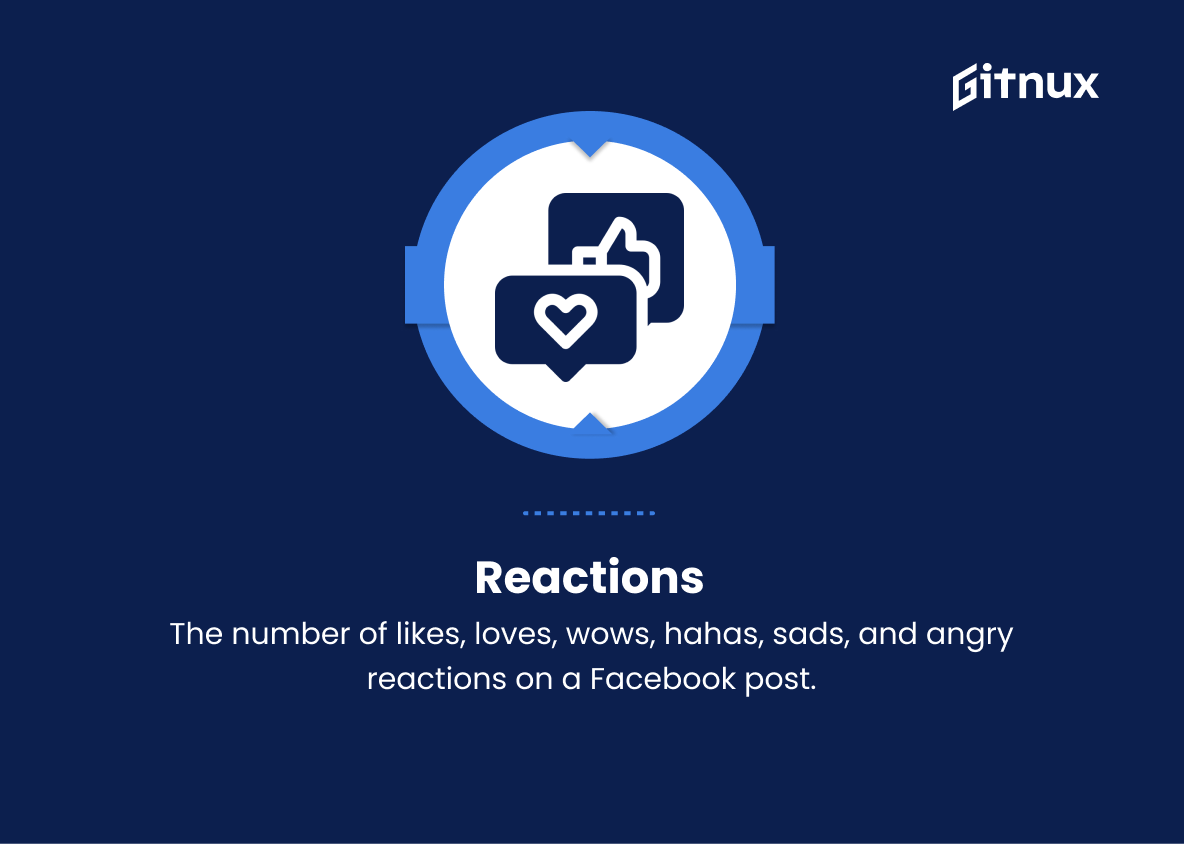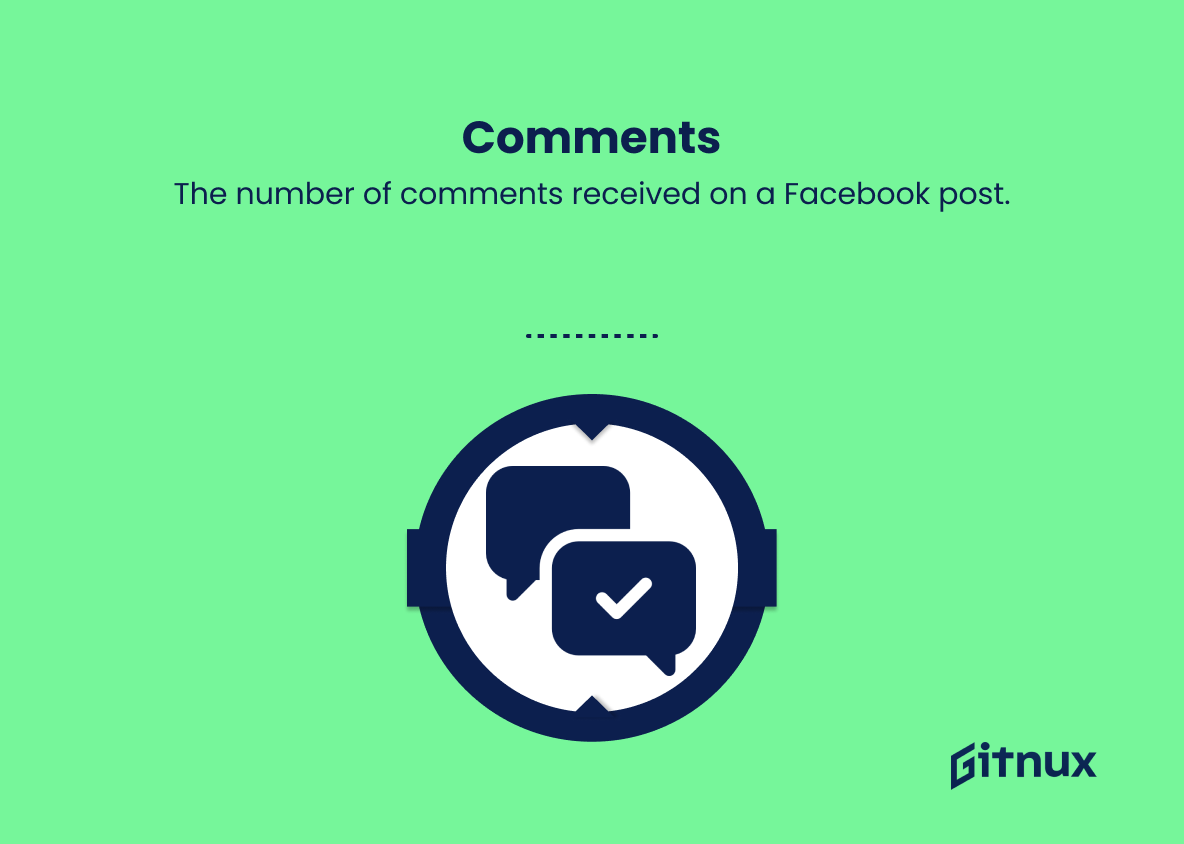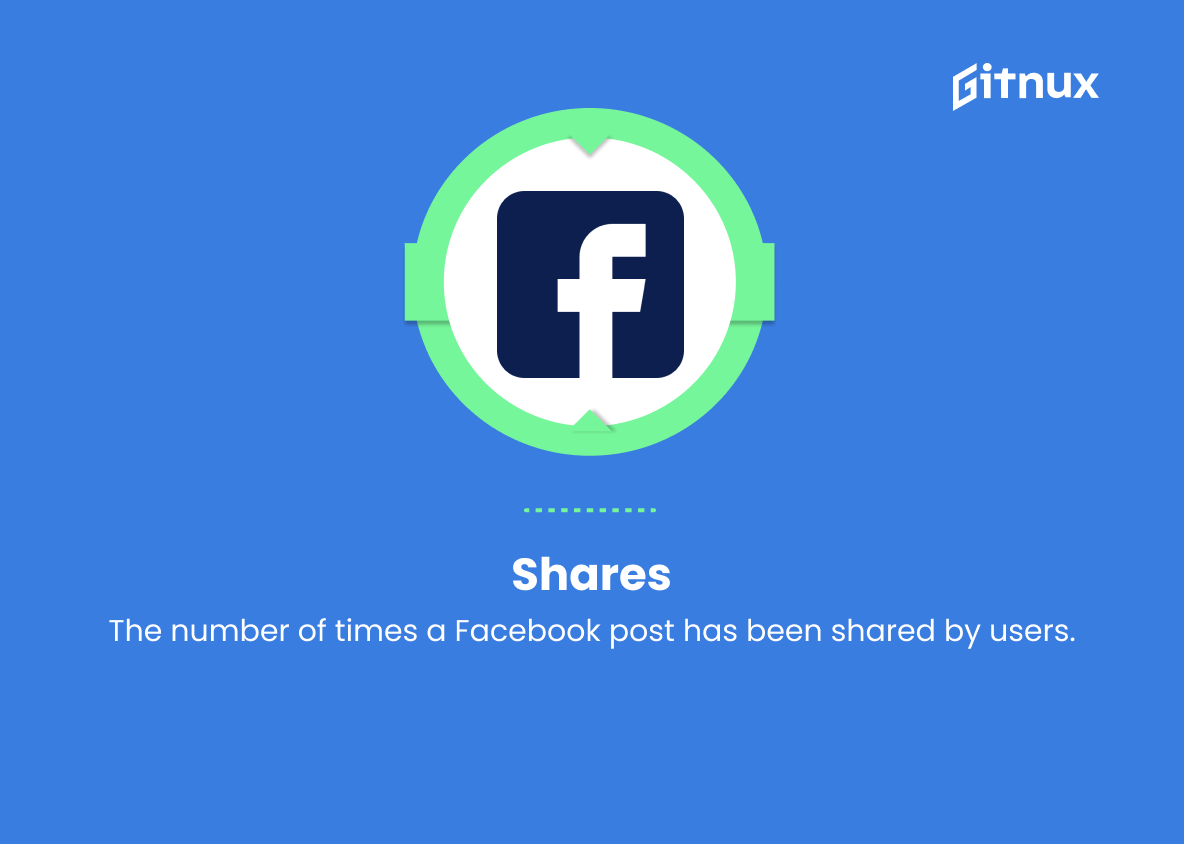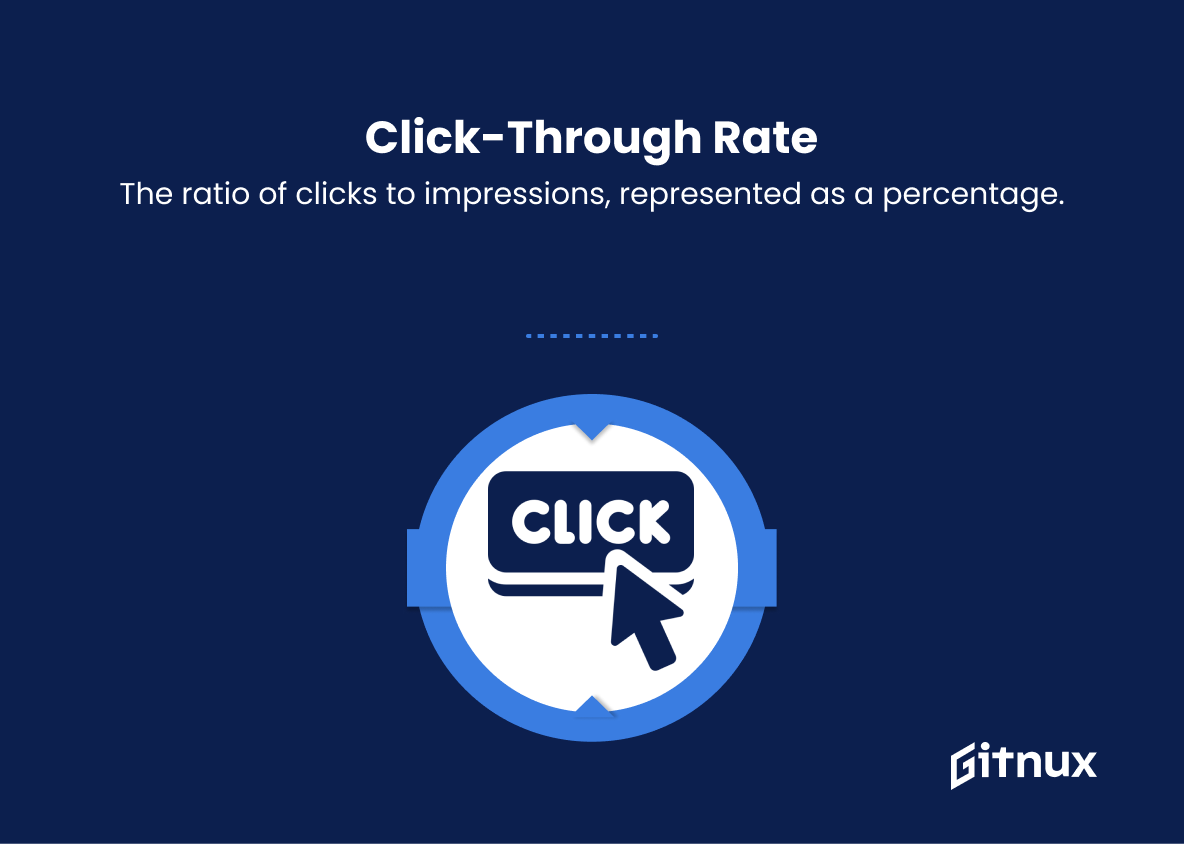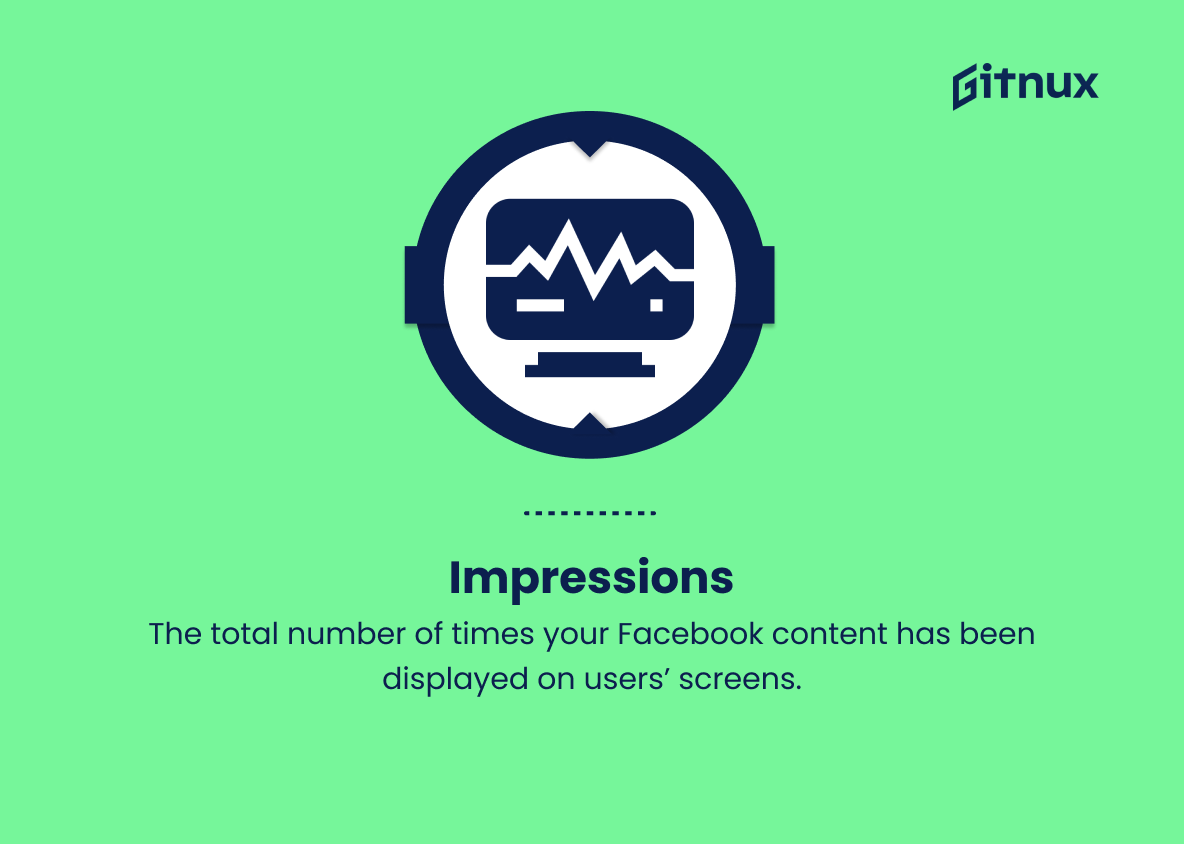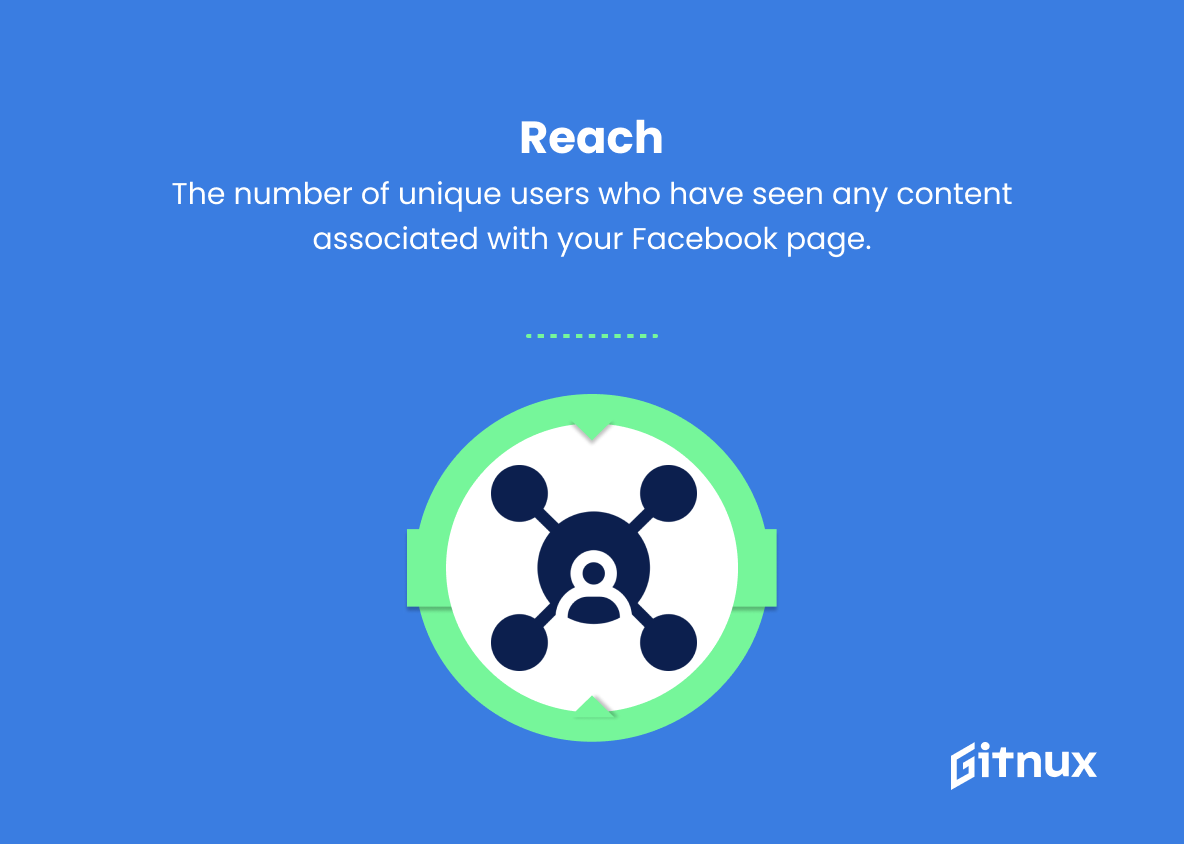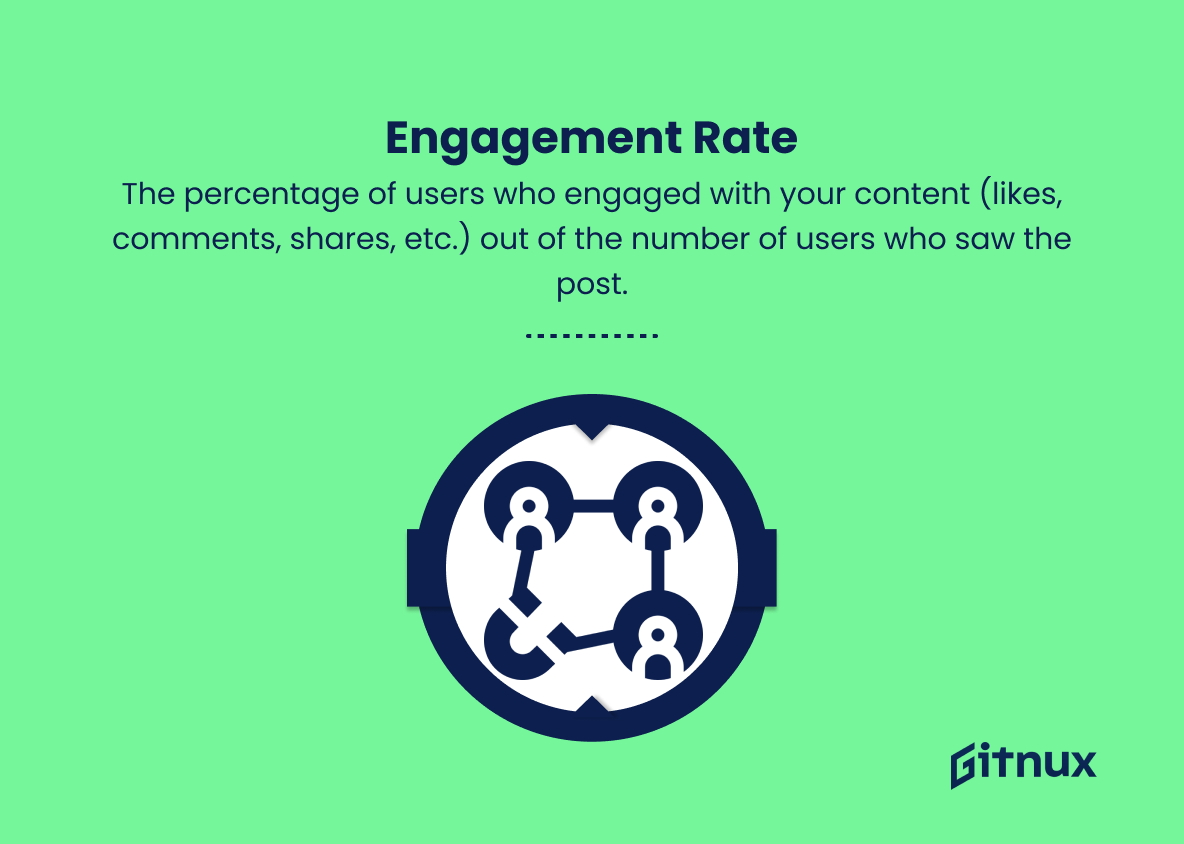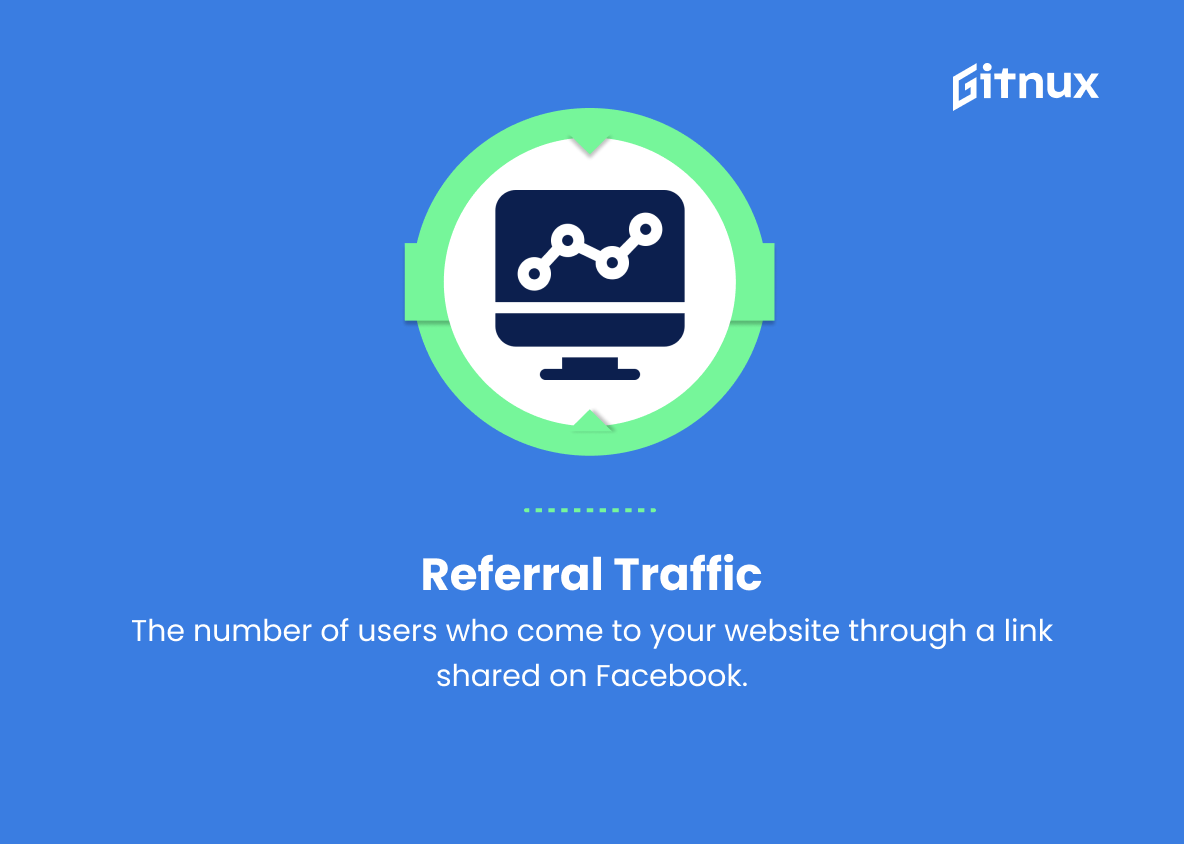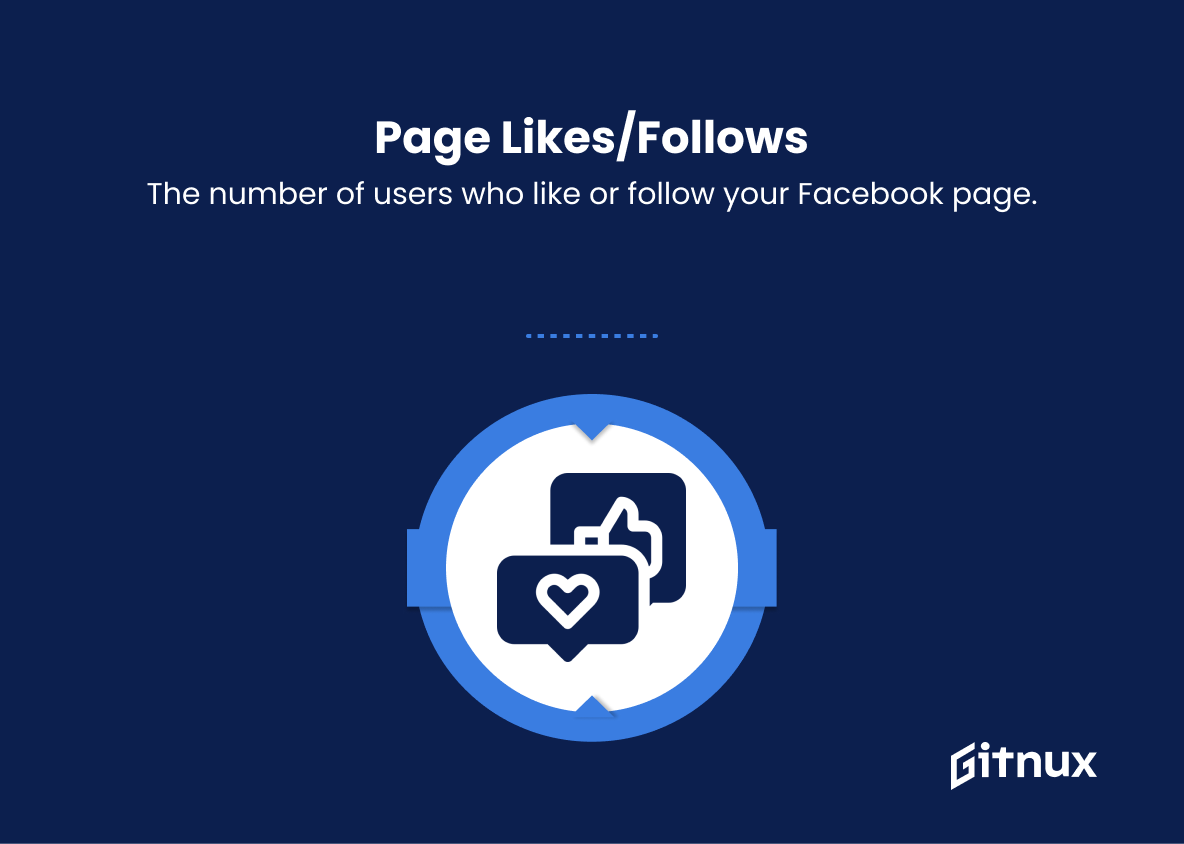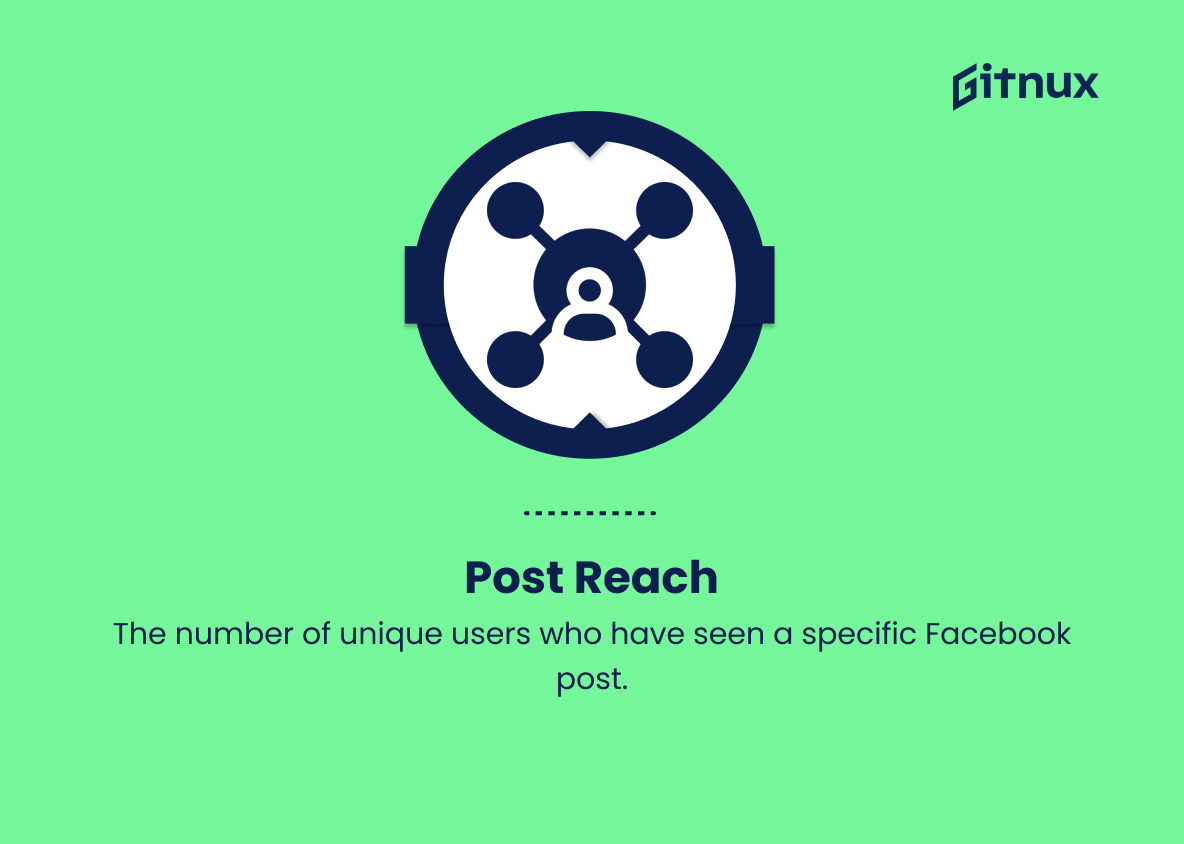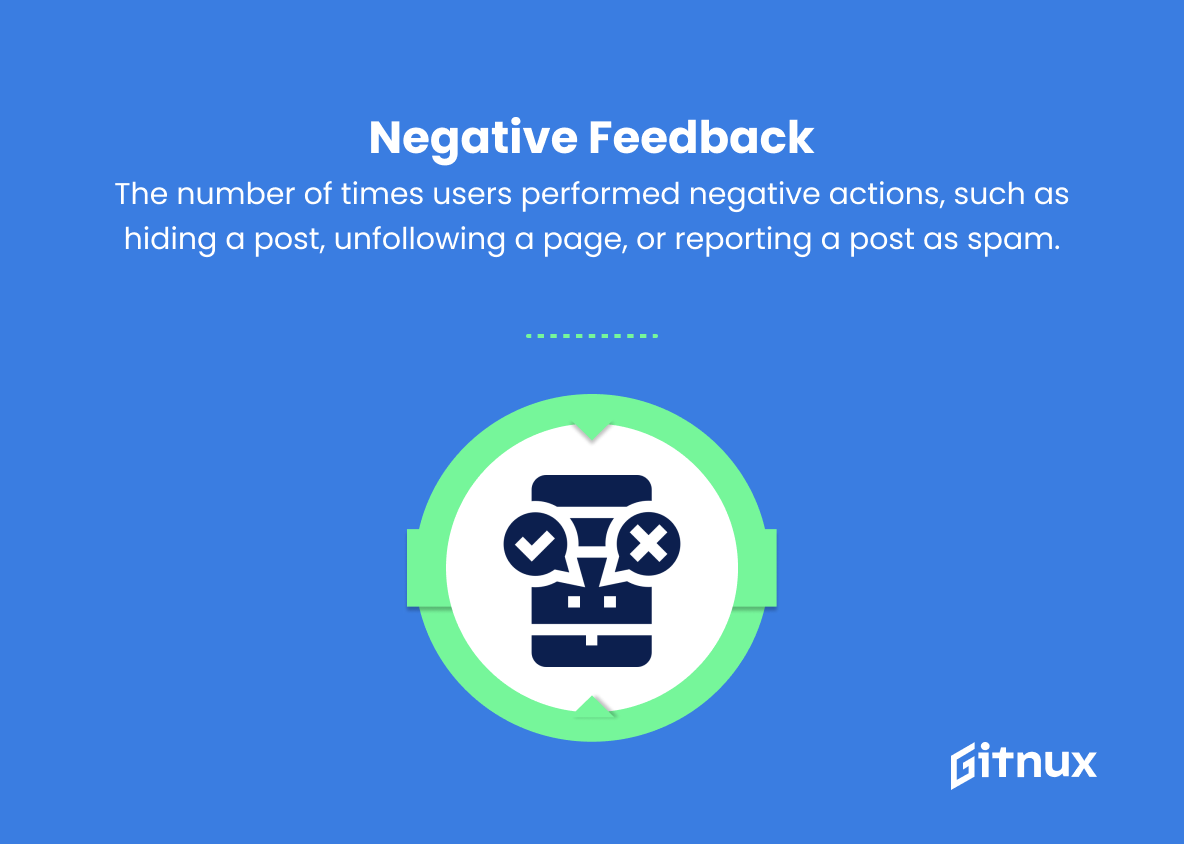In today’s digital landscape, Facebook remains a dominant force that serves as a pivotal platform for brands and businesses to engage with their audience. However, success on this ever-evolving platform goes beyond simply creating content and garnering likes. To truly thrive among competitors, understanding Facebook Engagement Metrics is crucial.
In this insightful blog post, we will delve into the most critical engagement metrics, helping marketers identify key performance indicators that can drive their social media strategies, facilitate richer connections with their audience, and boost their overall presence on Facebook. So gear up, as we unravel the secrets of Facebook Engagement Metrics to empower your brand’s communication and optimize its reach in the complex world of social media.
Facebook Engagement Metrics You Should Know
1. Reactions
The number of likes, loves, wows, hahas, sads, and angry reactions on a Facebook post. These reactions indicate the emotional response to the content.
2. Comments
The number of comments received on a Facebook post. This metric shows how interactive your audience is and how well your content is encouraging discussions.
3. Shares
The number of times a Facebook post has been shared by users. Shares indicate that your audience finds your content compelling enough to recommend it to their network.
4. Click-through rate (CTR)
The ratio of clicks to impressions, represented as a percentage. This measures the effectiveness of your content in getting users to engage with or further explore what you’re offering.
5. Impressions
The total number of times your Facebook content has been displayed on users’ screens. This metric helps estimate your content’s reach and visibility.
6. Reach
The number of unique users who have seen any content associated with your Facebook page. Reach is a measure of the potential size of your audience.
7. Video views
The number of times a video has been watched for at least 3 seconds. This metric helps to assess the success of your video content in capturing users’ attention.
8. Engagement rate
The percentage of users who engaged with your content (likes, comments, shares, etc.) out of the number of users who saw the post. This metric measures the effectiveness of your content in sparking interactions.
9. Referral traffic
The number of users who come to your website through a link shared on Facebook. This shows the effectiveness of your Facebook content in generating valuable traffic to your website.
10. Page likes/follows
The number of users who like or follow your Facebook page. This metric represents the size and growth of your audience on Facebook.
11. Post reach
The number of unique users who have seen a specific Facebook post. This metric is useful for understanding the reach of individual posts.
12. Negative feedback
The number of times users performed negative actions, such as hiding a post, unfollowing a page, or reporting a post as spam. Negative feedback helps gauge user dissatisfaction and identify areas for improvement.
13. Organic vs. paid reach
Organic reach refers to the number of users who have seen your content without any paid promotion. Paid reach is the number of users who have seen your content through sponsored or promoted posts. This breakdown helps optimize your Facebook marketing budget and understand your paid and organic visibility.
Facebook Engagement Metrics Explained
Facebook engagement metrics are crucial for understanding the effectiveness of your content and strategy. Reactions help gauge the emotional response to your content, while comments and shares provide insight into audience interactivity and the credibility of your content. Click-through rate is essential in determining how well your content encourages users to engage or explore further, whereas impressions and reach help estimate content visibility and audience size.
Video views show the success of your video content in capturing attention, and engagement rate measures overall interactivity. Referral traffic indicates how successful your content is at driving valuable traffic to your website. Page likes and follows represent audience size and growth on Facebook, while post reach helps understand the visibility of individual posts. Negative feedback helps identify user dissatisfaction and areas for improvement. Finally, distinguishing between organic and paid reach allows for optimizing marketing budgets and understanding the visibility of both types of content.
Conclusion
In summary, Facebook engagement metrics are crucial for understanding and optimizing your social media strategy. By tracking, analyzing, and adapting to these metrics, businesses can effectively reach their target audience and foster strong connections. As the digital landscape continues to evolve, it’s important to stay informed and up-to-date with these critical indicators to ensure the ongoing success of your social media presence.
Never underestimate the power of Facebook engagement, as it not only helps in driving traffic and conversions but also builds a lasting relationship with your audience. Embrace these metrics, learn from them, and watch your brand flourish on the world’s largest social media platform.
